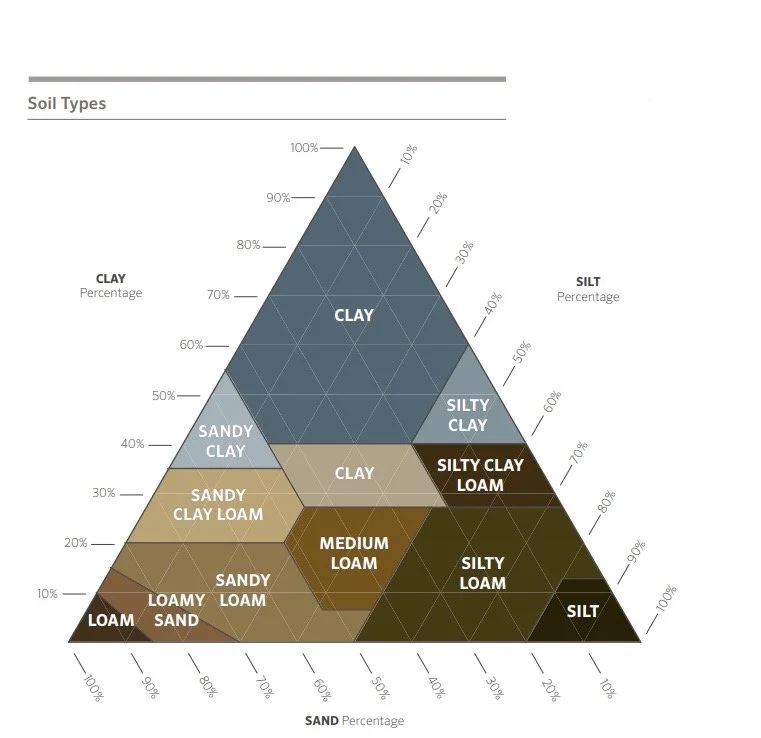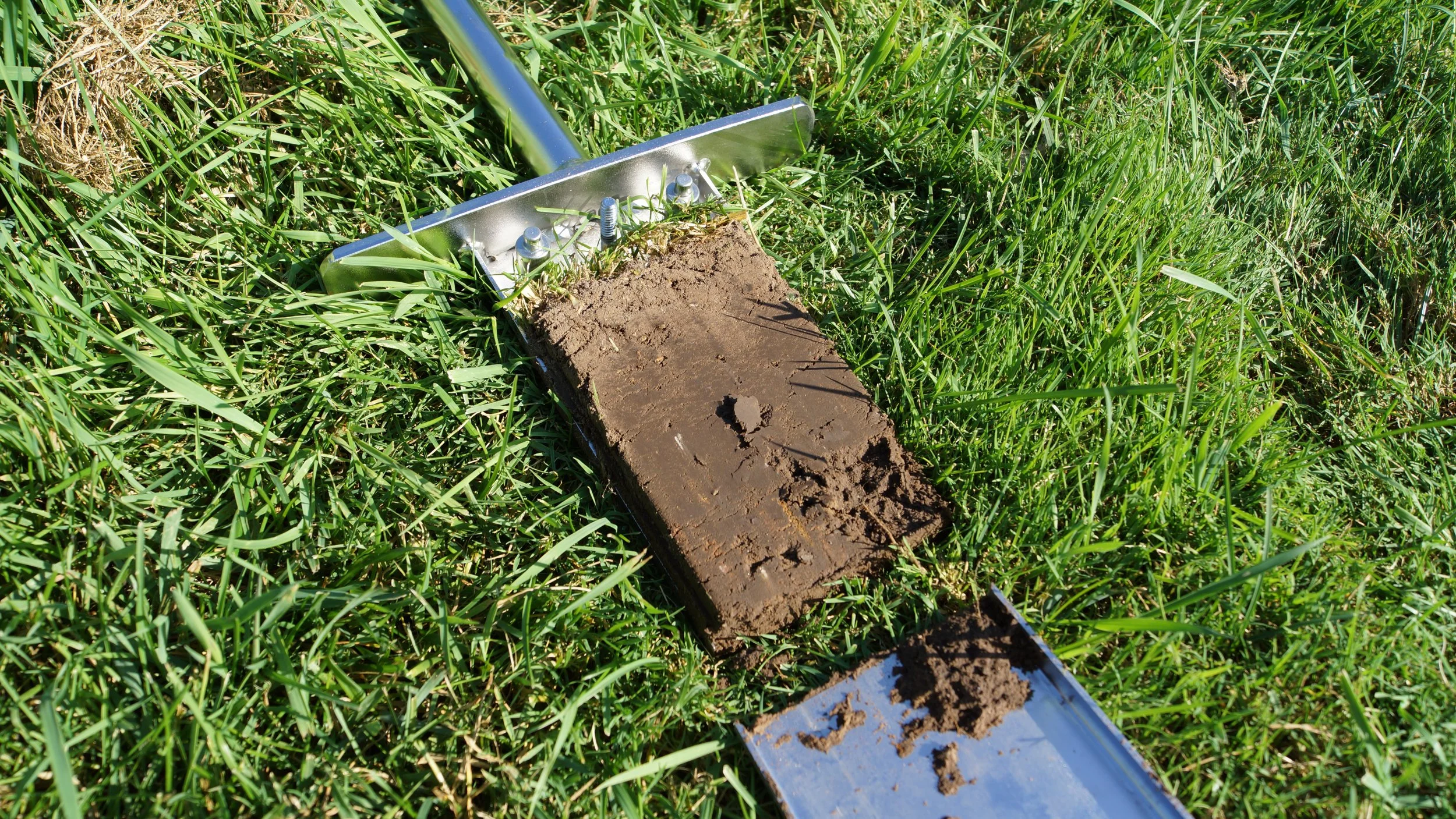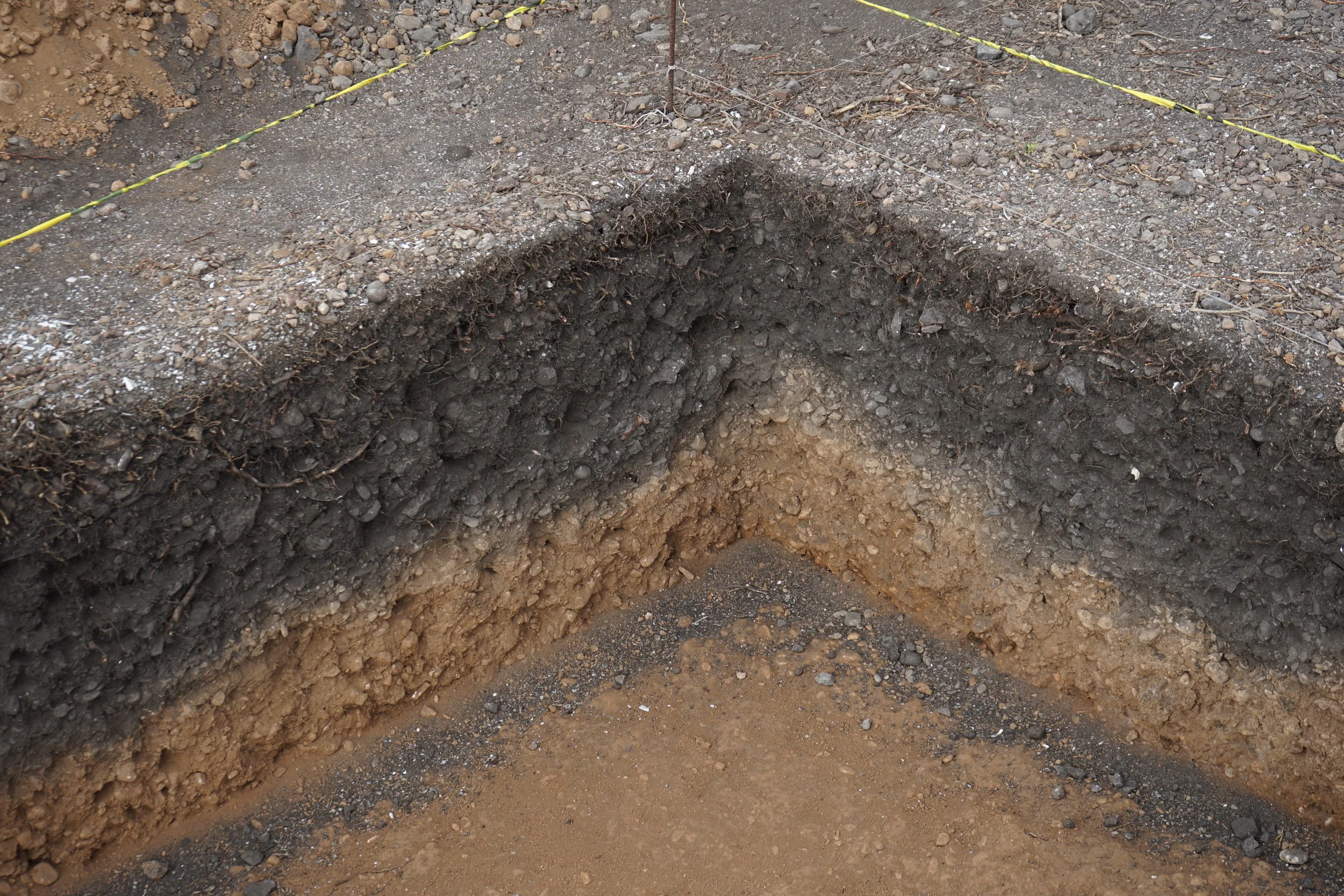Soil
A successful golf course prioritizes soil health through a comprehensive approach that emphasizes the intricate balance of the soil biome, optimizing both its biology and chemistry. This not only benefits plant life but also contributes to pollution elimination and overall environmental sustainability.
-
Implementing organic soil amendments, such as compost and well-rotted manure, enhances soil structure and introduces beneficial microorganisms. This promotes a diverse and thriving soil biome critical for nutrient cycling and plant health.
-
Encouraging microbial diversity in the soil through practices like minimal soil disturbance and cover cropping fosters a robust soil biome. Healthy microbial communities aid in nutrient availability, disease suppression, and improved soil structure.
-
Harnessing the natural biological controls present in a balanced soil biome reduces the need for synthetic pesticides. Beneficial organisms such as nematodes, fungi, and bacteria can help control pests and diseases, minimizing environmental pollution.
-
Utilizing precision nutrient management practices based on soil testing and analysis ensures that fertilizers are applied judiciously, meeting plant needs without causing nutrient runoff. This minimizes the risk of water pollution and helps maintain a nutrient-efficient ecosystem.
-
Integrating cover crops and green manure practices enriches the soil with organic matter, reducing erosion and enhancing fertility. This not only supports plant growth but also contributes to pollution prevention by stabilizing soil and preventing runoff.
-
Sustainable irrigation practices that conserve water and prioritize soil moisture retention contribute to a healthy soil biome. Well-hydrated soils support microbial activity, nutrient availability, and overall plant vitality.
-
Regular soil testing and monitoring enable precise adjustments to soil amendments, preventing overapplication of chemicals. This tailored approach optimizes soil health while minimizing the risk of pollution from excess nutrients or contaminants.
By fostering a balanced soil biome through organic amendments, microbial diversity, and sustainable practices, a successful golf course not only ensures optimal conditions for plant growth but also plays a vital role in pollution elimination. This approach exemplifies a commitment to environmental stewardship, demonstrating that a healthy golf course can coexist with nature in a sustainable and ecologically responsible manner.
Read More.




















